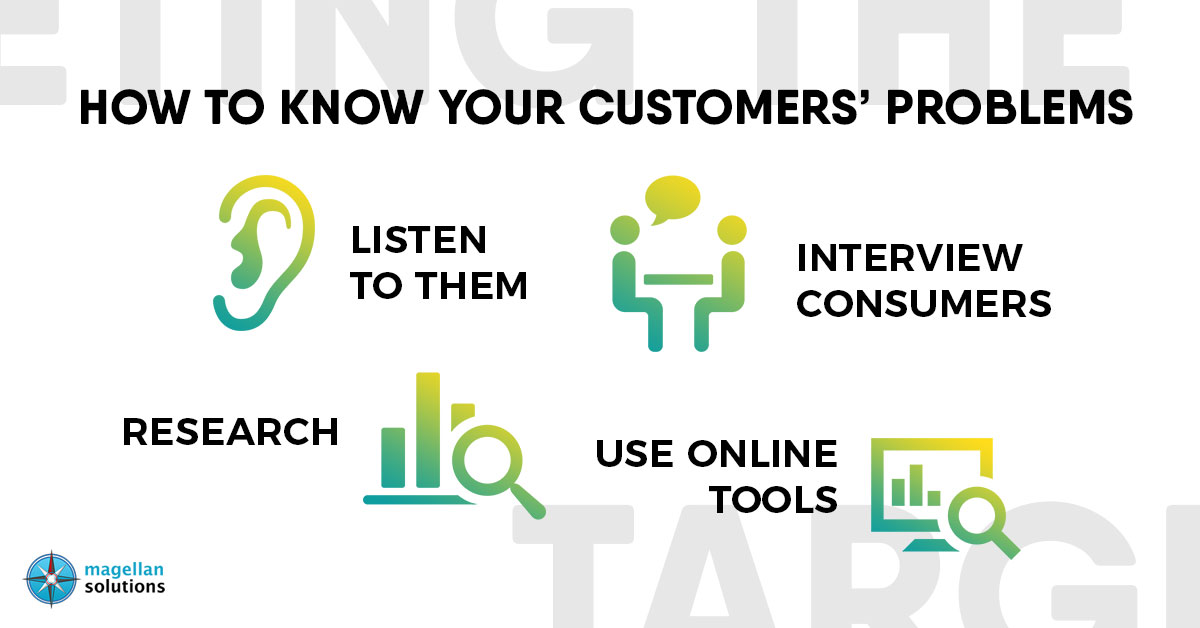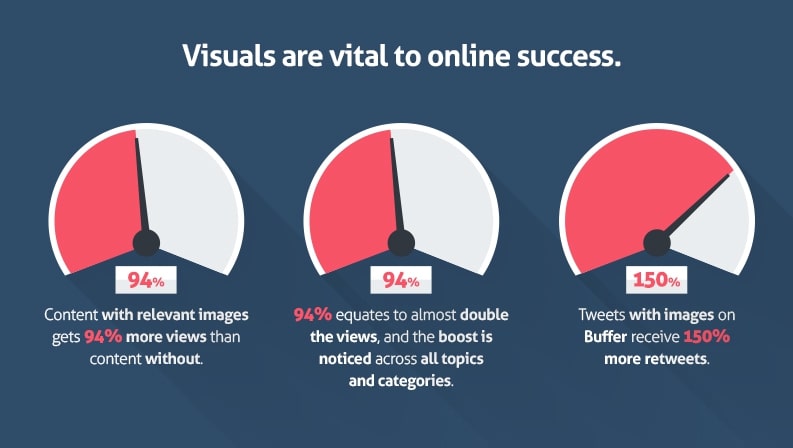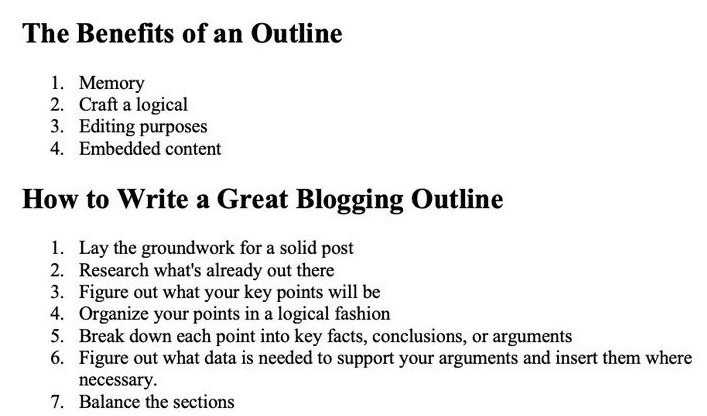Blog Posts Guidelines
[and Expert Content Instructions]
You MUST use them ALL. Advantages:
(1) they help upgrade your overall content marketing skills; plus, (2) they will determine if you qualify to work with us and our clients long-term, or not.
 Before Research, Do This:
Before Research, Do This:
Read the specific client brief document assigned to you.
NOTE: you will have to listen to the clients' (Zoom) call interview (if any) and read the transcript (if available), as it completes and expands on the brief received.
Step #1 - Perform Expert Research
Your ultimate job as a writer, in this starting phase, is to master unique and multiple research methods. Think beyond Google, YouTube, and social media.
You will develop and master a formula which impresses both clients, and writers.

That means your task is to perform better, faster and more in depth research on the topic you're going to write about (click here to read the how-to G doc), than anybody else on the content team or past hires/writers.
Your overall writing's quality and style (output) will reflect your research (input) and vice-versa.
That means the websites and materials you will find, collect and consume during your research phase, will directly impact the final content; it will also dictate if you keep working with the same client(s) for months and years, or get fired and risk your reputation and self-esteem.
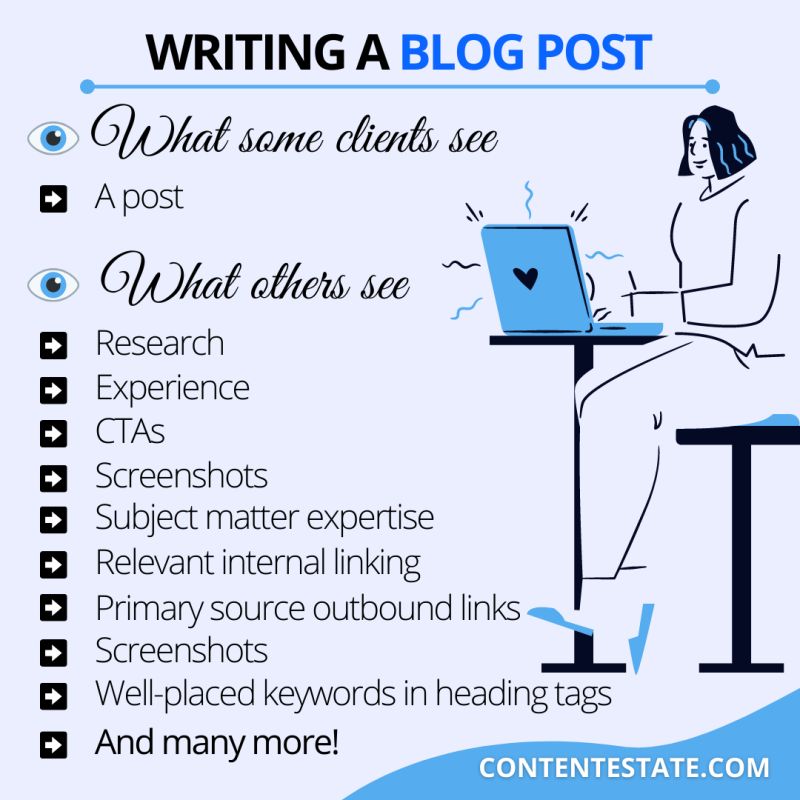
The Google Search Operators, along with the search terms and keywords you make use of in the research process is so crucial to finding relevant and expert sources of information.
Read this >> Google Search Operators: 40 Commands to Know in 2021 (Improve Research, Competitive Analysis, and SEO)
TIP: Ensure you focus on gathering reliable information, from best expert sources & authority websites. Educate yourself on understanding these 3 components:
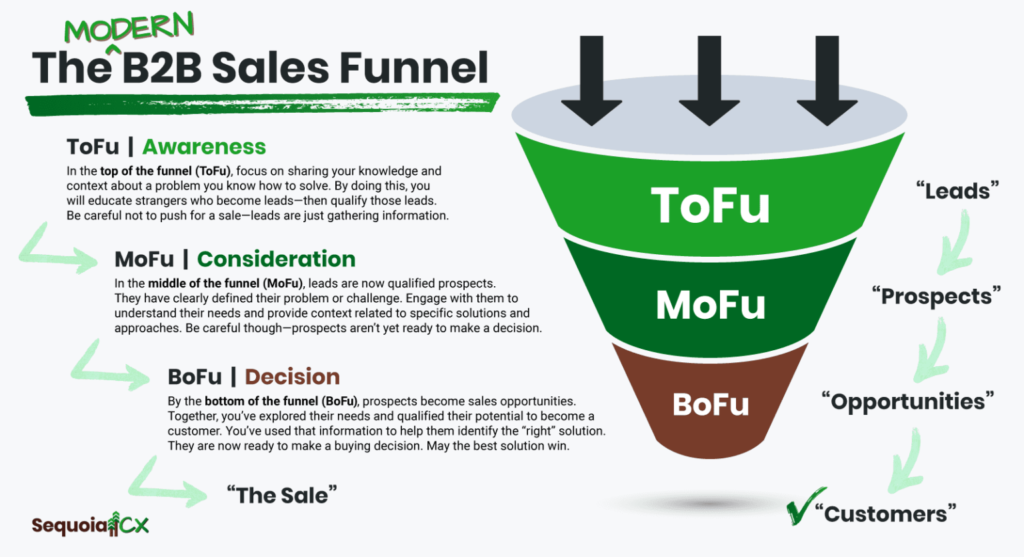
Step #2 - Create the Outline
This is part of the research process, and requires you get organized like a pro.
Here's a TOOL (Fraser.io) which you can use to help with this and collect ALL the links & the information you need within minutes, not hours.
Step #3 - Write the Table of Contents
Use your outline and research findings to create a bullet-point table of contents that you will add below the introductory paragraph(s), to pique the readers interest and curiosity.
Here are a few examples you can replicate
Step #4 - Craft the introductory paragraph
Use your outline and research findings to create a bullet-point table of contents that you will add below the introductory paragraph(s), to pique the readers interest and curiosity.
Here are a few examples you can replicate
Step #5 - Write the blog post
Your job is to create the best blog post on the topic, and use as many of these copywriting techniques as possible - wherever and however you see it fit.
Here are a few examples you can replicate
Step #6 - Add the final paragraph(s)
Add a creative subhead (avoid 'Conclusion', unless client requires that) and the last paragraph (with call to action). A few short sentences.
Here are a few 'swipe files' you can use
Step #7 - Format, Edit, and Proof-Read
Follow the following details...
Feature Heading 1
Use this section to highlight the main features and/or main benefits of your product.
Feature Heading 2
Use this section to highlight the main features and/or main benefits of your product.
Feature Heading 3
Use this section to highlight the main features and/or main benefits of your product.
Feature Heading 4
Use this section to highlight the main features and/or main benefits of your product.
Feature Heading 5
Use this section to highlight the main features and/or main benefits of your product.
Feature Heading 6
Use this section to highlight the main features and/or main benefits of your product.
Feature Heading 7
Use this section to highlight the main features and/or main benefits of your product.
